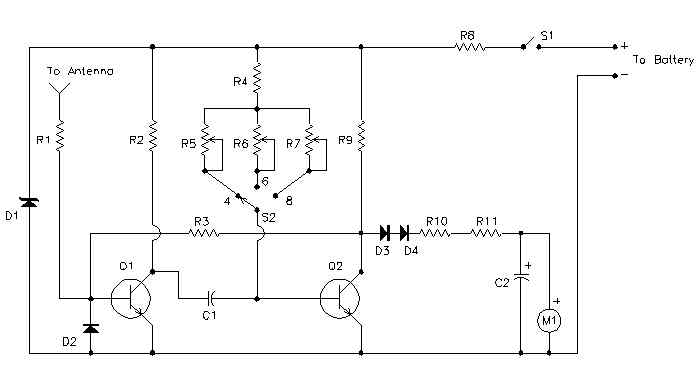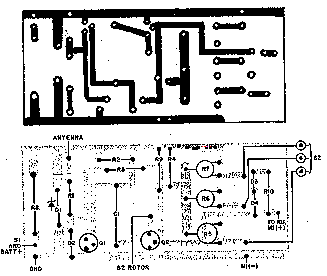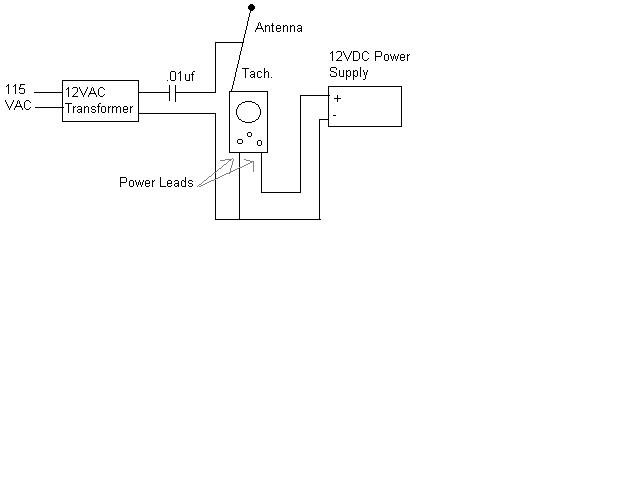A simple 5 Volt regulated PSU featuring overvoltage protection.
-
Description:
A simple 5 Volt regulated PSU featuring overvoltage protection.
[image: overvoltage_circuit]
Notes
The 5 volt regulated power supply for TTL...
13 years ago


















